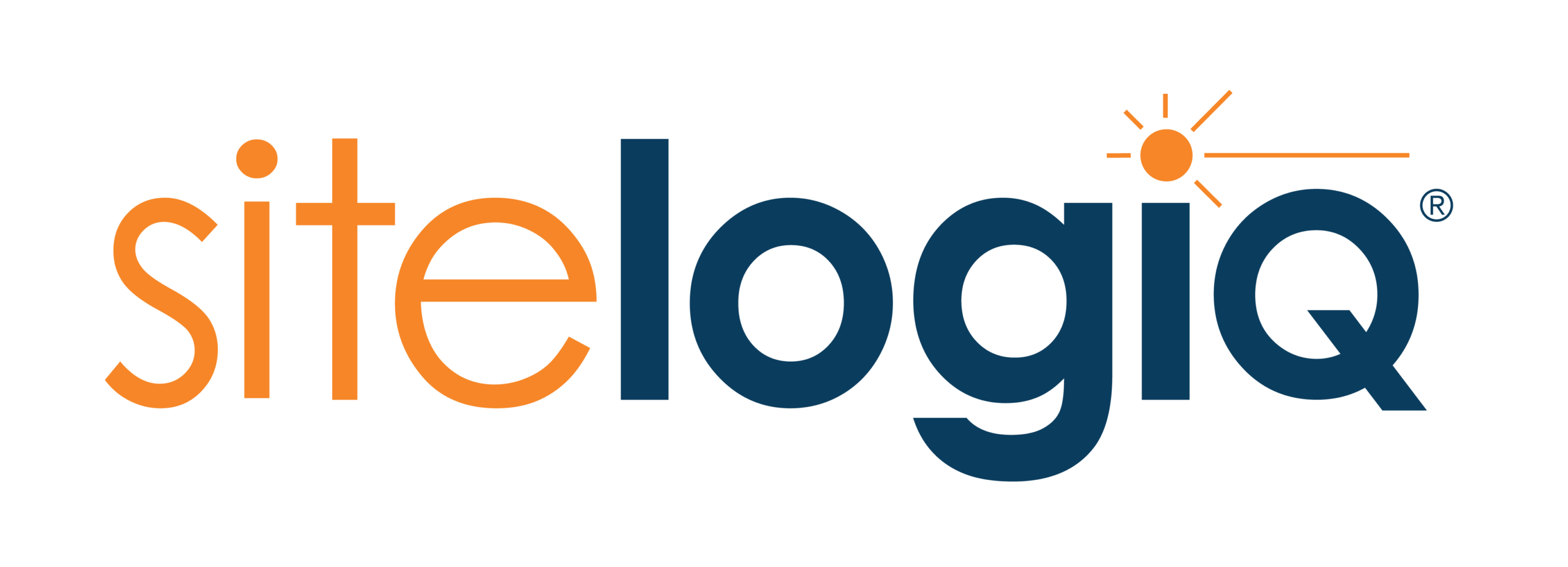Picture this: It’s the first week of school in late summer, and your HVAC system breaks. Add to the fact that there’s an equipment shortage, and it will take months to replace it with a new, and costly, system. You’re forced to cancel school or send students home early, resulting in disruptions and learning loss just as the school year is getting started. Or maybe it’s mid-January and the boiler at your hospital is overloaded in the middle of a cold snap, causing it to fail. Your heat and water supply are halted, requiring all services, surgeries, and procedures to be rescheduled, and patients must be moved to nearby facilities to receive care.
All too often, we hear horror stories like these from customers or read about them in industry headlines – equipment failure as a result of deferred maintenance. This not only requires costly repairs but also negatively impacts operations and those who rely on these spaces.
Deferred maintenance refers to the postponement of necessary repairs, updates, and general upkeep of a facility, typically due to budget constraints or other organizational challenges. Knowing where to start, how to prioritize your facility improvements, and identifying funding solutions can help you transition from a break-and-fix mentality and begin proactively planning for the long-term maintenance of your building.
Starting with a Facility Condition Assessment (FCA)
In order to tackle your deferred maintenance issues and prioritize facility improvements, it’s critical to first understand the current state of your building’s conditions. A facility condition assessment analyzes a building’s condition as it relates to its age, design, construction methods, and systems. Typically conducted by a facility condition assessment specialized service provider, they include a review of documentation related to a building’s original construction, any renovations, and a physical site walkthrough to ensure the accuracy of as-built or as-is conditions. Be sure to gather all documentation needed for this step, including:
- Drawings and specifications, including as-built or construction warranty information
- Safety inspection records
- Records indicating the age of material building systems, such as the roof, chillers, boilers, electrical, etc.
- All previous facility condition assessment reports
- Pending proposals or contracts for equipment replacement
- A description of future improvements planned
- Americans with Disabilities Act survey and the status of any improvements
FCAs often utilize capture technology to include typical elevations of the building’s exterior, site work, parking, roofing, structural systems, plumbing, HVAC, electrical systems, conveyance systems, life safety systems, and any specialized assets or systems. To be most effective, an FCA should be conducted and updated annually.
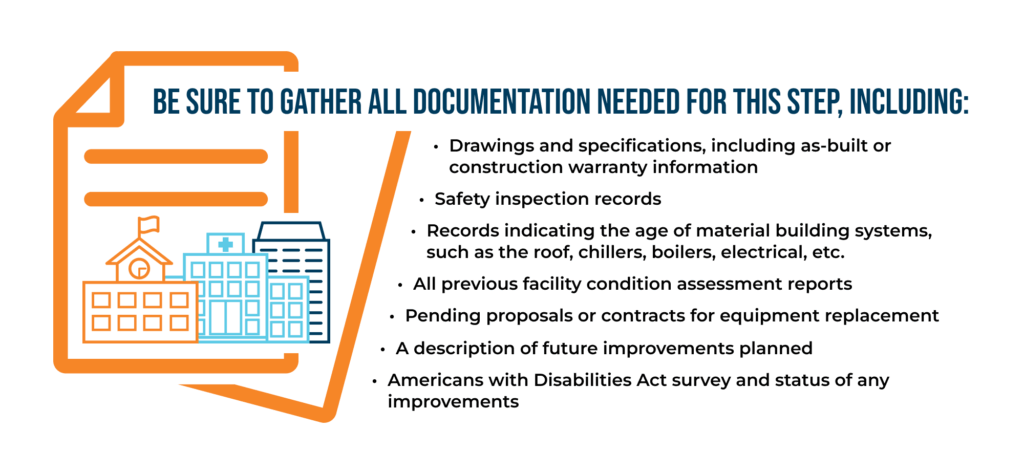
Check out our blog post to learn more about facility condition assessments and how to utilize their results effectively.
Creating a Master Facility Plan
The results of your FCA are a great foundation when developing strategic facility planning metrics such as system reliability, uptime, operability, maintainability, the total cost of ownership, life cycle costing, and energy management. These metrics help determine the remaining useful life of various components or systems and compare it with full economic life expectancies, given good maintenance practices. With this information in hand, you can identify facility improvement projects as well as establish a timeline and an estimated cost to replace.
From there, you can begin creating a master facility plan (also known as a capital plan) for your facility. Utilizing the information from your facility condition assessment, you can benchmark current facility performance, upgrade needs, and begin outlining the design and development for necessary improvements. These may include system upgrades, equipment replacement, re-design of rooms, etc.
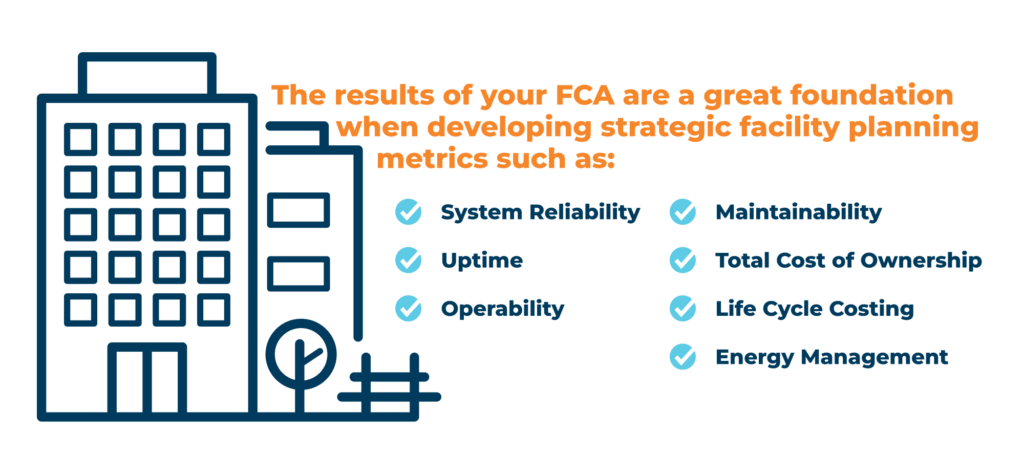
Once you’ve compiled a list of facility improvement projects, it’s important to communicate those needs with your stakeholders to gain buy-in and determine an annual budget. By comparing your annual budget, total estimated project costs, and systems near the end or past their lifecycle, you can begin prioritizing the work to not only catch up on deferred maintenance, but also keep up to ensure your facilities continue operating effectively.
How mySiteIQ Prioritize Can Help
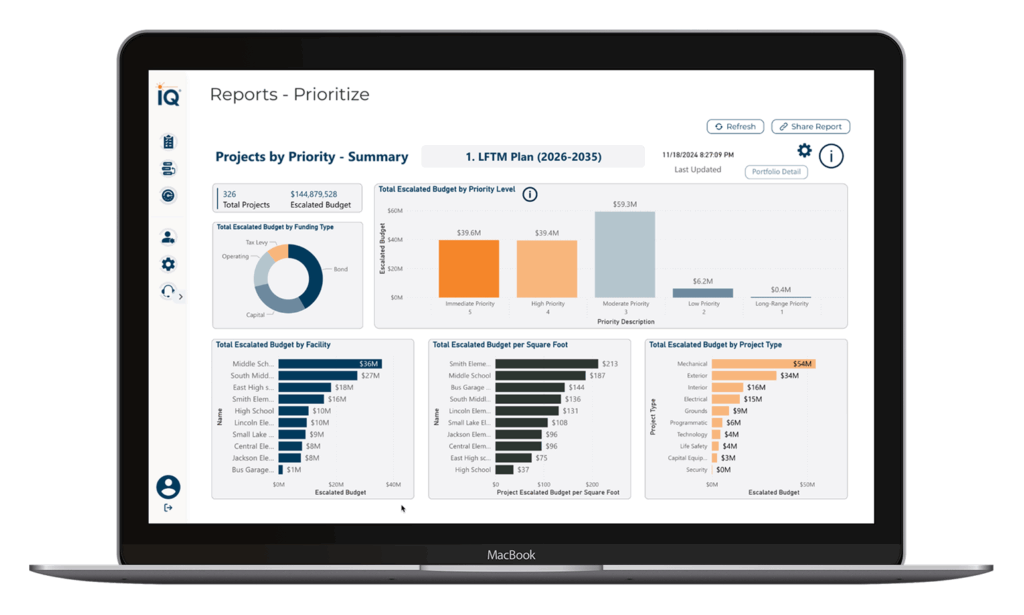
With mySiteIQ Prioritize, a part of our technology-enabled facility intelligence platform, you can gain visibility into your facilities to help you plan effectively and maximize return on capital investments. Your team will be able to readily construct and compare different project scenarios for long-range master facility planning and advanced prioritization of your facility improvements.
By organizing your facility needs, evaluating potential investments, and defining a clear long-term capital plan in a facility information system, you’ll have the tools necessary to make data-driven decisions. With mySiteIQ, you can gain consensus, build trust with key stakeholders, and utilize necessary funding, all while delivering ultimate efficiency into your master facility planning process. We help you put complicated facility data to work and provide single-source accountability for you and your team.
Your Facility Improvement Solutions Partner
Through a partnership with SitelogIQ, we will collaborate to identify, prioritize, and address your organization’s specific building needs and form and execute a thorough long-term strategy with our proven capacity to deliver a return on your investment. This strategic guidance can help you upgrade existing facilities to create and maintain resilient and future-ready spaces to meet your occupant needs.
